advancing the mitigation of Climate Change and Global Warming through Geoengineering education and research
Geoengineering
What is Geoengineering?
Geoengineering or Climate Engineering is the intentional large-scale manipulation and modification of the Earth’s climate and environment to prevent further Climate Change, slow down and reverse Global Warming, and mitigate the effects on our civilization and biosphere. Geoengineering approaches include Natural Climate Solutions (e.g., Ecosystem Restoration, Blue Carbon, etc.) Solar Radiation Management, Carbon Dioxide Removal and a diverse array of Climate Change mitigation and adaptation methodologies.
Geoengineering: A Critical Part of a Comprehensive Strategy to Mitigate Climate Change and Global Warming
Although Geoengineering our climate (See NASA’s Dynamic Earth video describing Earth’s climate below) might seem unthinkable, human civilization has been intensely modifying our climate and environment for multiple centuries. Climate engineering, in fact, has been a focus and concern of scientists since the 1960s (Keith, 2000).
NASA’s Dynamic Earth. Courtesy of NASA’s Goddard Space Flight Center.
Based on the vast majority of scientific studies to date, Climate Change and Global Warming are devastating our planet and geoengineering has emerged as a necessary solution to prevent further catastrophic damage to our biosphere.
The immediate application of geoengineering approaches such as Stratospheric Aerosol Injection has the capability to prevent further damage including climate-driven mass extinction (See 60 Minutes excellent program below describing the sixth mass extinction that is currently taking place), unprecedented drought and heat waves, large-scale famine, sea-level rise, superstorms, cataclysmic wildfire, coral reef die-offs, loss of glaciers and polar ice caps, and runaway Climate Change due to the melting of vast Arctic and oceanic storages of methane hydrate.
60 Minutes Earth currently experiencing a sixth mass extinction, according to scientists. Courtesy of CBS News and 60 Minutes https://www.cbsnews.com/60-minutes/.
In our civilization’s effort to slow down and stop Climate Change and reverse Global Warming, geoengineering should not be considered the only solution, but rather an important part of a comprehensive, integrated, international program that mitigates the effects of Global Warming, restores our biosphere and addresses the root causes of Climate Change (i.e., the use of fossil fuels and carbon dioxide emissions, human population growth, consumptive lifestyles, unsustainable practices, degradation of natural ecosystems, etc.).
In the last 20 years, dedicated geoengineering researchers have made incredible advances and developed a range of sensible approaches to solve this existential problem. Many of these geoengineering solutions such as restoring ecosystems (natural climate solutions), amending soils with carbon (burying bits of charcoal in agricultural fields), capturing carbon dioxide at power plants, and making remote areas of the ocean more reflective (by spraying seawater droplets into the air or by blowing tiny bubbles of air into surface waters) are relatively safe and have the potential to mitigate Global Warming and protect our biosphere.
It is the goal of Geoengineering.global to educate governments, community leaders, policymakers and the general public, and advance climate engineering research and the use of geoengineering and biosphere restoration technologies and solutions.



Atmospheric Carbon Dioxide
Since the year 1750, the burning of fossil fuels, cement production, deforestation, and other land-use changes have added over 555 billion metric tonnes of carbon dioxide to the atmosphere (IPCC, 2013: Climate Change 2013: The Physical Science Basis). These human activities have changed the concentration of carbon dioxide in the atmosphere from 278 ppm (parts per million) in 1750 to 425 ppm in 2025 (https://climate.nasa.gov/vital-signs/carbon-dioxide/). In 2017, it was found that humans have raised the temperature of the planet by about 1°C or 1.8°F since pre-industrial times (Allen et al, 2018, IPCC Special Report Global Warming of 1.5°C, Chapter 1). Because average temperatures on land tend to be higher than temperatures over ocean waters, many countries around the planet have experienced temperatures of 1.5°C above pre-industrial levels.



Global Warming
Global Warming has already resulted in more frequent land and marine heatwaves and increases in the frequency of heavy precipitation events and droughts. At temperatures of 1.5°C above pre-industrial levels, 6% of insects, 8% of plants and 4% of vertebrates are predicted to lose over half of the area in which they normally live. If temperatures reach 2°C above pre-industrial levels, there will be decreases in the frequency of cold weather events with substantial increases in heat waves, exceptionally hot days, extreme drought, precipitation and water deficits, heavy precipitation events, floods, and the number of very intense cyclones. Increases in poverty, especially in Africa and Asia, and risks in the global supply of food, water, and energy are also predicted. At 2°C, 18% of insects, 16% of plants and 8% of vertebrates are predicted to lose over half of their natural range. The probability of losses to ocean and fisheries productivity and as well as damage to ecosystems including coral reefs, kelp forests, mangroves, seagrass beds, and wetlands is significantly greater at 2°C (Hoegh-Guldberg et al, 2018, IPCC Special Report Global Warming of 1.5°C, Chapter 3).
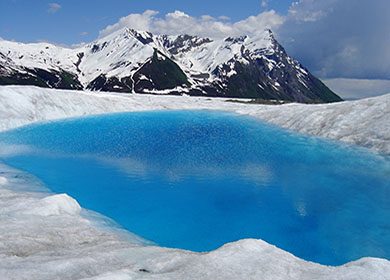
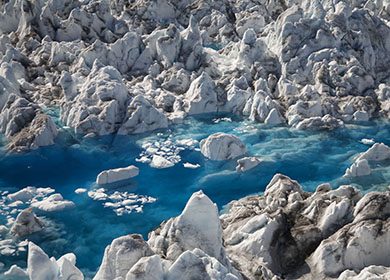
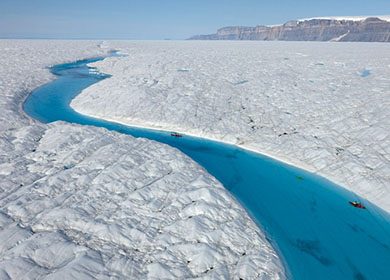
Why Geoengineering or Climate Engineering is Necessary
Despite the progress our civilization has recently made in trying to understand Climate Change and developing solutions to mitigate and adapt to Climate Change, ” current emissions continue to grow at a rate consistent with a high emission future without effective climate change mitigation policies ” (IPCC, 2019: The Ocean and Cryosphere in a Changing Climate) (See Figure 1 in the Appendix below). In addition, the ” transformative governance, international and transboundary cooperation ” needed to effectively mitigate this global crisis seems largely absent. Considering all of the cultural, economic, technological, political and international obstacles preventing the unity needed to reduce global carbon dioxide emissions, it seems likely that it will take decades before significant progress is made in this area. Based on this, geoengineering combined with the advancement and use of logical, low carbon energy solutions such as nuclear energy, appears to be the best option to mitigate Climate Change while supplying our civilization with the energy and materials needed in this critical, transitional period of time.
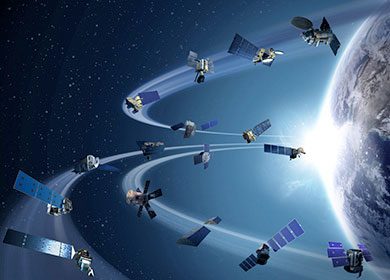
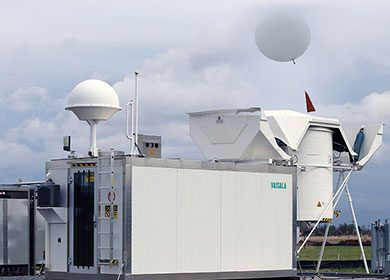
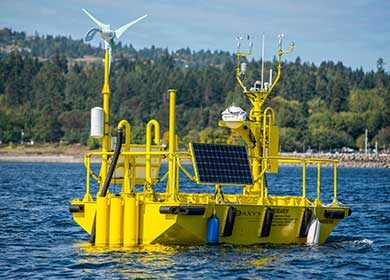
Geoengineering: A Range of Approaches to Remove Carbon Dioxide and Counteract Global Warming
Most of the current impacts to our civilization and biosphere have been related to Global Warming (the heating up of our planet). Carbon dioxide, however, is causing the warming due to the Greenhouse Effect. Carbon dioxide is also causing the acidification of our oceans and freshwater bodies which will have devasting impacts on aquatic ecosystems and the resources they provide. Geoengineering or climate engineering has a range of approaches to remove carbon dioxide from our atmosphere and counteract Global Warming by cooling the planet. It is our mission to help advance the use of geoengineering approaches and technologies to give our society more time to transition to low carbon energies and sustainable ways of living.
References
- Allen, M.R., O.P. Dube, W. Solecki, F. Aragon-Durand, W. Cramer, S. Humphreys, M. Kainuma, J. Kala, N. Mahowald, Y. Mulugetta, R. Perez, M. Wairiu, and K. Zickfeld, 2018: Framing and Context. In: Global Warming of 1.5°C. An IPCC Special Report on the impacts of global warming of 1.5°C above pre-industrial levels and related global greenhouse gas emission pathways, in the context of strengthening the global response to the threat of climate change, sustainable development, and efforts to eradicate poverty [Masson-Delmotte, V., P. Zhai, H.-O. Portner, D. Roberts, J. Skea, P.R. Shukla, A. Pirani, W. Moufouma-Okia, C. Pean, R. Pidcock, S. Connors, J.B.R. Matthews, Y. Chen, X. Zhou, M.I. Gomis, E. Lonnoy, T. Maycock, M. Tignor, and T. Waterfield (eds.)]. In Press.
- Hoegh-Guldberg, O., D. Jacob, M. Taylor, M. Bindi, S. Brown, I. Camilloni, A. Diedhiou, R. Djalante, K.L. Ebi, F. Engelbrecht, J. Guiot, Y. Hijioka, S. Mehrotra, A. Payne, S.I. Seneviratne, A. Thomas, R. Warren, and G. Zhou, 2018: Impacts of 1.5°C Global Warming on Natural and Human Systems. In: Global Warming of 1.5°C. An IPCC Special Report on the impacts of global warming of 1.5°C above pre-industrial levels and related global greenhouse gas emission pathways, in the context of strengthening the global response to the threat of climate change, sustainable development, and efforts to eradicate poverty [Masson-Delmotte, V., P. Zhai, H.-O. Portner, D. Roberts, J. Skea, P.R. Shukla, A. Pirani, W. Moufouma-Okia, C. Pean, R. Pidcock, S. Connors, J.B.R. Matthews, Y. Chen, X. Zhou, M.I. Gomis, E. Lonnoy, T. Maycock, M. Tignor, and T. Waterfield (eds.)]. In Press.
- IPCC, 2013: Climate Change 2013: The Physical Science Basis. Contribution of Working Group I to the Fifth Assessment Report of the Intergovernmental Panel on Climate Change [Stocker, T.F., D. Qin, G.-K. Plattner, M. Tignor, S.K. Allen, J. Boschung, A. Nauels, Y. Xia, V. Bex and P.M. Midgley (eds.)]. Cambridge University Press, Cambridge, United Kingdom and New York, NY, USA, 1535 pp.
- IPCC, 2019: The Ocean and Cryosphere in a Changing Climate.
- Keith, D.W., 2000. Geoengineering the climate: History and prospect. Annual review of energy and the environment, 25(1), pp.245-284.
Appendix
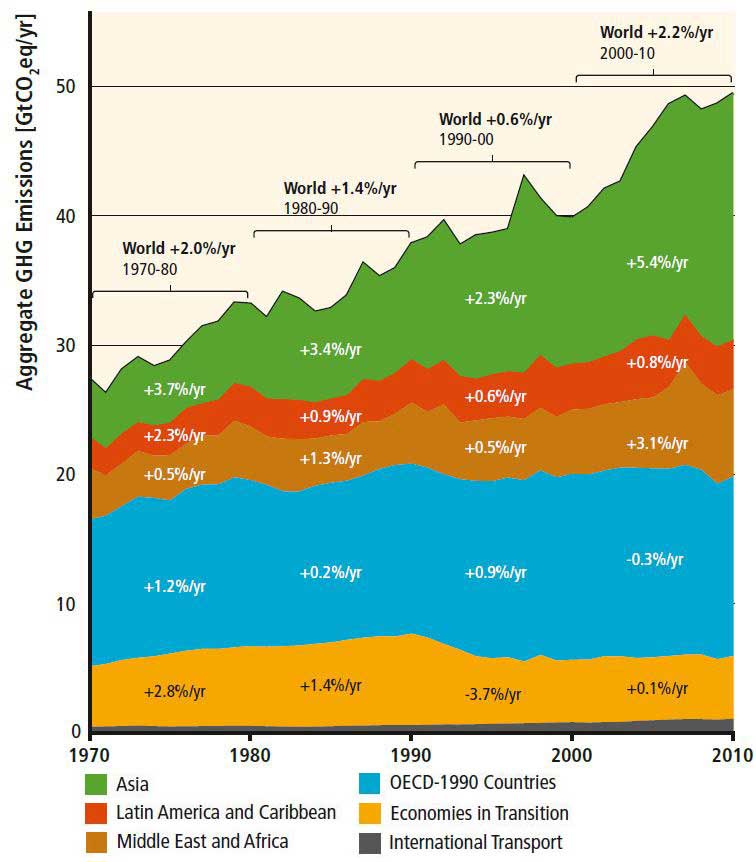
Figure 1. Greenhouse gas (GHG) emissions (in gigatonnes of equivalent carbon dioxide per year) per region from 1970 to 2010. OECD Countries include the 34 members of the Organization for Economic Co-operation and Development.
Graph Reference
Figure 5.2 in IPCC, 2014. Climate Change 2014: Mitigation of Climate Change. Contribution of Working Group III to the Fifth Assessment Report of the Intergovernmental Panel on Climate Change [Edenhofer, O., R. Pichs-Madruga, Y. Sokona, E. Farahani, S. Kadner, K. Seyboth, A. Adler, I. Baum, S. Brunner, P. Eickemeier, B. Kriemann, J. Savolainen, S. Schlomer, C. von Stechow, T. Zwickel and J.C. Minx (eds.)]. Cambridge University Press, Cambridge, United Kingdom and New York, NY, USA.